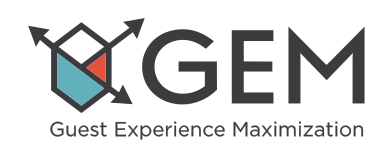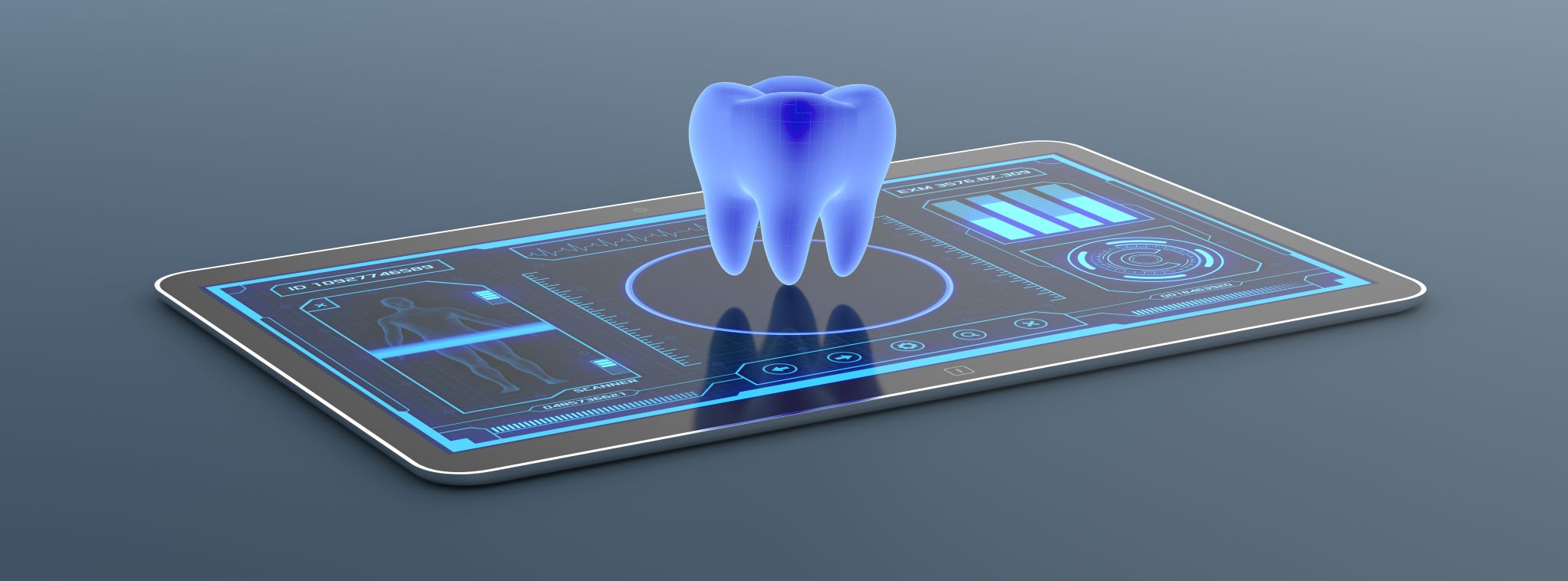Osteoporosis Awareness and Prevention Is For Everyone

Taking Steps to Prevent the Silent Disease
Osteoporosis Awareness and Prevention Month is a time to be sure you’re getting your vitamins and even a screening if necessary. Approximately ten million Americans have osteoporosis, and 44 million have low bone density. These figures come from the National Osteoporosis Foundation (NOF). Osteoporosis is referred to as a “silent disease” as it’s difficult to know when your bones are getting weaker.
Throughout May, osteoporosis events are available online and locally, posted by the Bone Health & Osteoporosis Foundation. These events raise awareness, host exercise classes, and educate about risk factors.
Most people reach their peak bone mass between 25 and 30, with a slow reduction beginning around age 40. Bone loss occurs faster in women, especially those over 50. Nevertheless, steps can be taken to maintain bone density, including adding calcium and Vitamin D supplements to your diet with regular exercise.
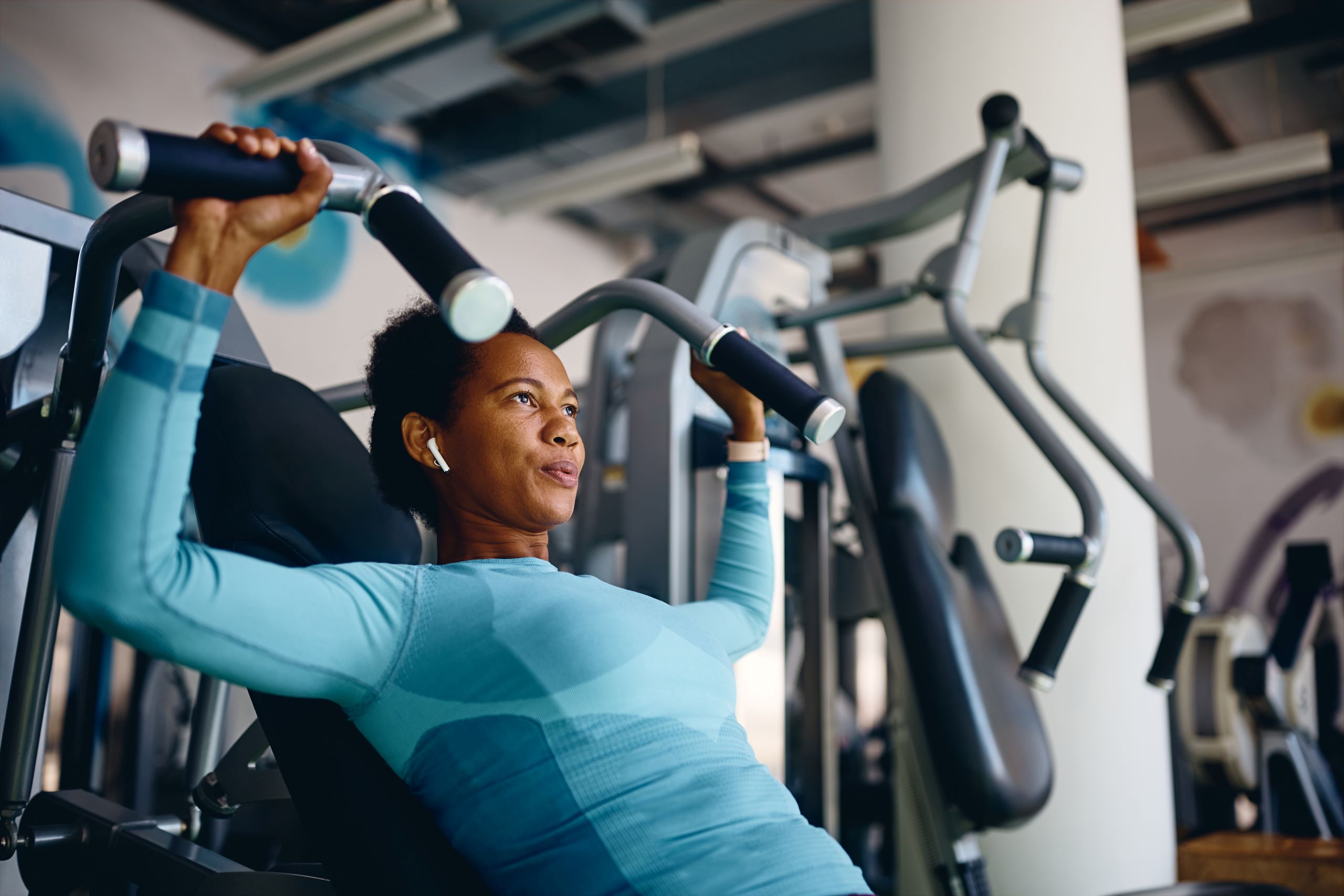
Remember to Take Your Vitamins and Minerals
The Food and Nutrition Board at the National Academies of Sciences, Engineering, and Medicine recommends calcium and Vitamin D intake for every stage of life, including children. From age 20 to 50, men and women in good health should get at least 1,000 milligrams of calcium and 1,000 IU (international units) of Vitamin D daily.
These numbers remain the same for men over 50, but women are recommended to boost that to 1,200 mg of calcium. From there, many factors come into play, including menopause, that affect calcium and Vitamin D intake. Generally, the healthier the diet and the more exercise you get, the better your chance at a healthy bone structure. Those with hereditary conditions need to be especially aware.
Past age 70, falls are the leading cause of injuries for senior citizens. Having a low bone mass compounds the problem, and the best way to prevent it is by paying attention after age 50. Such injuries can result in a loss of freedom, requiring assistance throughout recovery or longer, so do what you can now to avoid a life-altering event later.
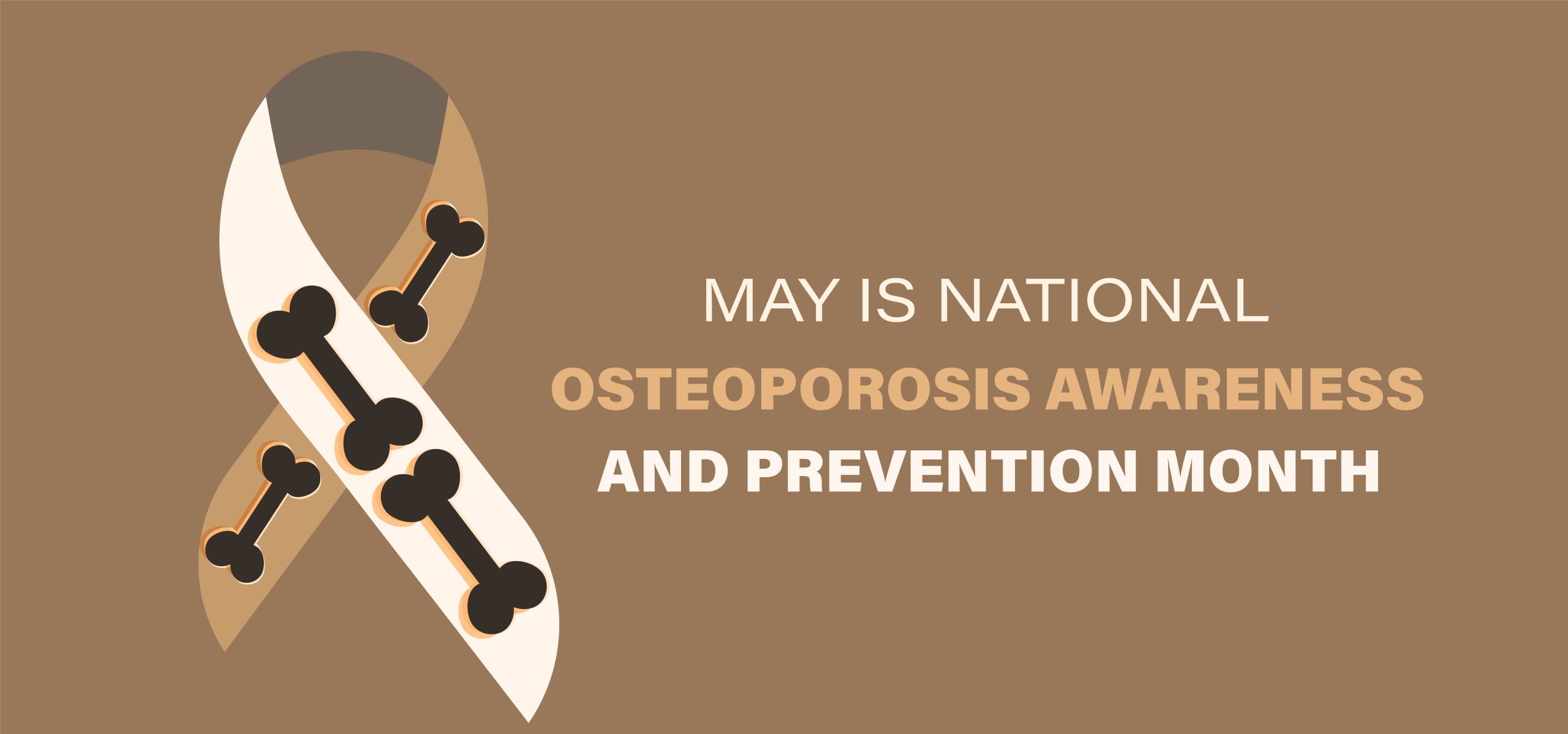
Hologic DXA System and Skeletal Screening
LMS partner Hologic, Inc. offers two products for skeletal screening, including the Horizon® DXA System, which screens for bone density. The System provides high-quality images that identify fractures that might otherwise go unnoticed.
The Horizon DXA’s FRAX® tool calculates a patient’s 10-year probability of hip and other osteoporotic fractures. The FRAX tool was initially launched by The University of Sheffield and is trademarked by the International Osteoporosis Foundation.
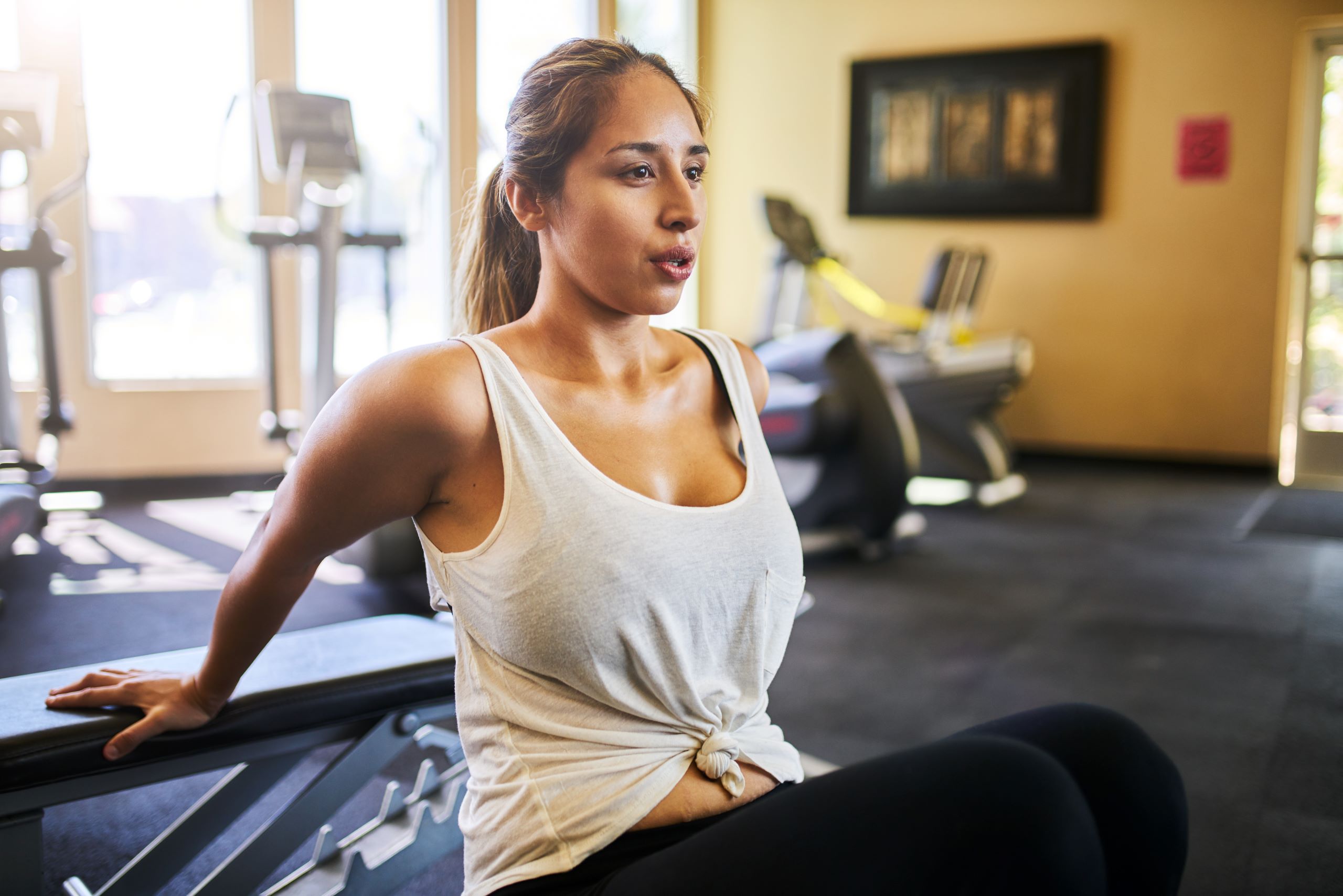
Five Steps for Osteoporosis Awareness and Prevention Month
The NOF recommends five steps to improve bone health and prevent osteoporosis and broken bones:
- Get your daily calcium and vitamin D
- Do regular weight-bearing and muscle-strengthening exercises
- Don’t smoke, and don’t drink too much alcohol
- Talk to your doctor about osteoporosis and if you should have a bone density test
- Take osteoporosis medication when it’s right for you
According to the NOF, osteoporosis is responsible for an estimated two million broken bones annually. Still, more than 80 percent of older Americans who suffer bone breaks are never tested or treated for osteoporosis.
Prevention is the cure. Please take advantage of all the information available to keep those bones strong throughout your life. You’ll be glad you did.
